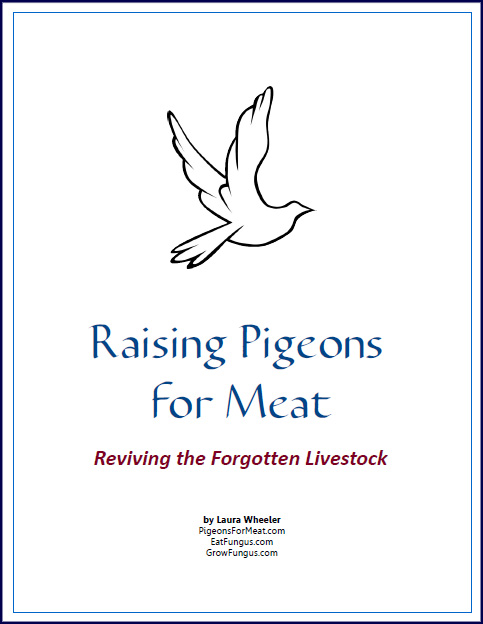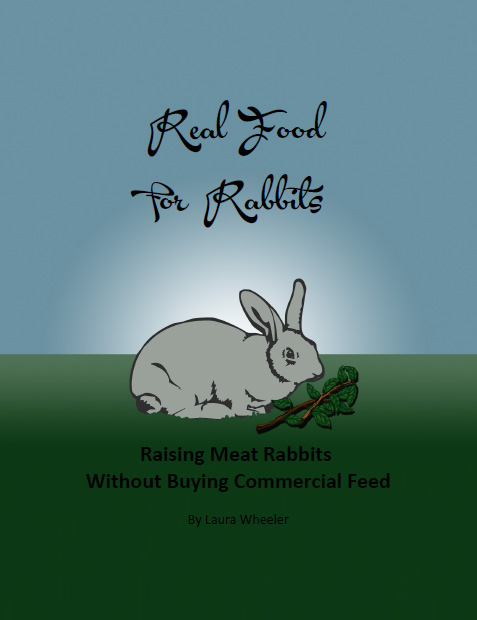Click to Download Your Free Heritage Pickling and Culturing e-Book Now!
Instant Download, NO Registration Required!
And Then There Is Haggis
"I like Haggis." she said, when I made a comment about certain things online being like Haggis, in a derogatory way. "It's just seasoned sausage. Tastes good."
I didn't believe her. But Haggis is like that. People hate it, or love it, and it persists. The mere mention of it, we learn from National Treasure, is enough to inspire outrage.
But it is a thing. And I learned that it is like Burgoo. It is a food for a REASON.
It is referred to variously as a sausage or a pudding, and for some people it has a lot of blood and oatmeal and a soft texture, and for others it is meatier, and firmer. So the claim goes both ways.
There are regional names for various versions. The typical Haggis is mutton (scraps and offal) stuffed into a sheep stomach, along with some blood, oatmeal, poultry seasonings or sweet spices, onions, garlic, and nitrates, after which it is boiled, baked, smoked, or hung to cook over a peat fire. It may be eaten fresh, or dried, depending on the type.
So with that, we need to understand there are variants.
It may not be a sheep stomach. Not everyone has one laying around waiting to be stuffed with the remains after you take all the tasty bits off the sheep carcass.
Long Haggis is stuffed into sausage casings - Hog, Sheep, Goat, Beef, or Venison. It just depends on what you HAVE that you have enough of. Just like Burgoo.
Round Haggis is a stomach that encases it, but it isn't always sheep. There is Pork, Beef, Veal, Goat, and Venison there also.
But it is the STOMACH that imparts a particular flavor to the Haggis. Like tripe. Either you can eat it or you can't.
The meat is usually Mutton. Now mutton can be pretty cheap because it isn't something everyone can choke down. It has a strong somewhat stale taste like old cooked beef. That's the lanolin. Sheep, you know.
Sometimes the meat is Lamb. Wool lamb still has a mutton flavor, though it is less intense. Hair sheep have a clean savory beef-like flavor. Very tasty and no lanolin smell to drive you off.
But in other areas, you might make it WITH, or FROM other meats. The same ones you get the casings from (casings are just cleaned intestines, you know). When you put other meats in, you either reduce or eliminate the muttony flavor that combines with the tripe flavor to make people who hate Haggis hate Haggis.
It usually contains animal blood. Some Scots tribes claim the blood of any enemy will do just as well, but we hesitate to encourage that kind of thing.
The blood is not always a binder, sometimes the blood is cooked, drained, and then the solids are tossed in. Makes the sausage moister and softer either way. Gives it a nice meaty and salty flavor.
Oatmeal is kinda a required thing. But sometimes you don't HAVE oatmeal, so you put in wheat flour, rye flour, or even rice if your bent runs that way.
The seasonings fall into three groups, as a rule - Savory, Sweet and Spicy, or Both.
They can run mild, or pepper hot. Depends on how bad the other ingredients are, I guess, and how much you need to numb your tongue.
Onions, Garlic, Parsley, and Nitrates are usually used, though there are some regions where Nitrates or Parsley are left out, and the onions and garlic are fairly spare.
But it is about what you HAVE, and what you need to USE UP.
Once you get that far, it is about how to make sure it does not spoil before you can use it all - hence it usually has some nitrates in it, though sometimes not enough to make it pink.
Sometimes it is smoked, and sometimes dried. Depends on where you come from, and what your parents taught you that normal consists of. And whether the peat fire was all you had to cook over, I guess.
My favorite recipe that I found (I did not try it, I just love the wording) is:
Highlander Haggis - Some kinda animal stomach, some kinda meat (nose to tail with blood), some kinda grain, whatever spices are left in the cupboard, salted (no nitrate), boiled or baked, sometimes sliced and dried, sometimes sliced and cased and dried - flavor could be anything
So you see, it can be just like Burgoo. Survival food. Hardship food. Something to eat from the ingredients that are left after you made all the things you really wanted to eat.
But I think it may be worth trying when I can get a large sausage casing. Because I sure as anything am not going to make the round Haggis in any kind of animal stomach.
Haggis and My Mother's Meatloaf
Turns out Haggis is not always stuffed. Sometimes it is loose, uncased, and baked in a loaf or fried in a patty.
Knowing this turns the world on it's axis. It shatters some people's concept of dinner, entirely.
I finally acquired a recipe for Haggis Patties.
Haggis Patties
- 3 lbs ground meat (beef, pork, venison, lamb, etc - usually more than one type)
- 3/4 cup oatmeal
- 3 eggs
- 1/8 cup dried onion
- 3 tsp McCormic Umami (if you have it) OR 2 tbsp Kikoman Soy Sauce
- 1/8 tsp garlic
- 1/4-1/2 tsp ground poultry seasoning
- 1/8 tsp ground savory
- several shakes ground bay leaf (if you have it)
- several light shakes of Accent
- several shakes of pepper
- 1 tbsp salt
My gosh! That's my mother's meatloaf! Only you fry this, in patties, and in butter or butter and bacon grease. Freeze the leftovers. Make gravy from the drippings.
But Haggis is just that kind of meatloaf mixture. In it's simplest and most popular form, worldwide, it works out to Salisbury Steak, or Swedish Meatballs. IF you put lots of mustard in it, they call it Frikadellen.
I make the Haggis Patties with bolder flavoring than my Salisbury Steak though.
Scottish people, even those that hate Haggis, hate it even more when you reduce it to a food that everyone likes.
The great thing is that the Traditional recipe is the one you like the best. The ingredients can be tinkered with all you like, until you come up with a combination of meat, seasonings, and fillers that taste good and disappear from the table when you serve it. THAT is the best of the Traditional Scots recipes.
Eat Smakalik!
Notice
The information on this site is presented for informational purposes only, and consists of the opinions and experiences of the site authors. It is not to be construed as medical advice or to be used to diagnose or treat any illness. Seek the assistance of a medical professional in implementing any nutritional changes with the goal of treating any medical condition. The historical and nutritional information presented here can be verified by a simple web search.
I do what I do because I understand the science behind it, and I've researched worldwide sources to verify the safety of my practices to my own satisfaction. Please do your own research, and proceed AT YOUR OWN RISK.







